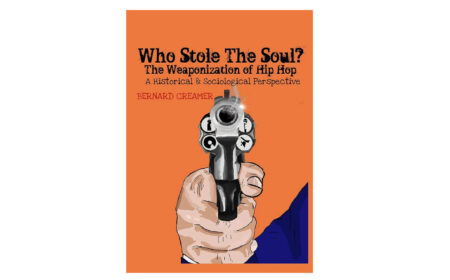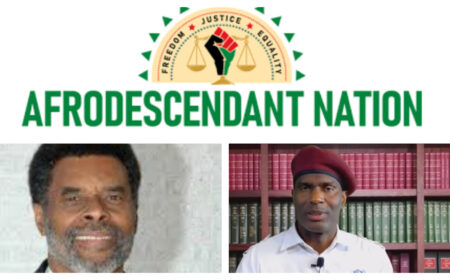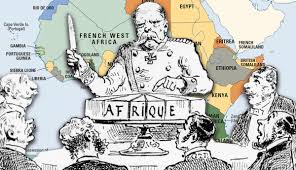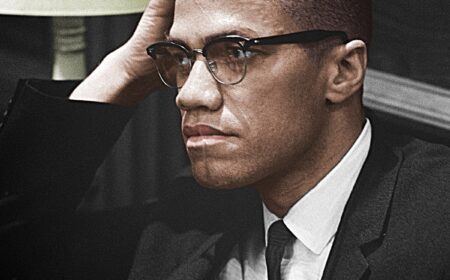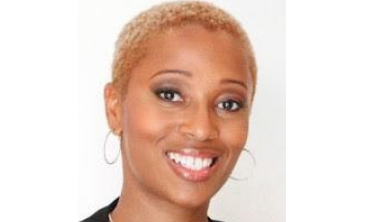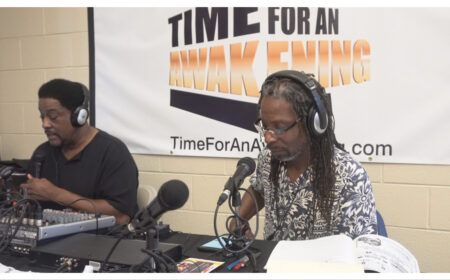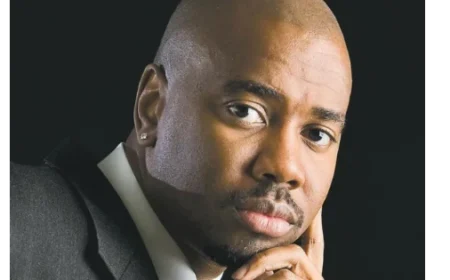This Little Known Fact About Black Giving Might Be Surprising

Blacks give 25% more of their income annually than white households, according to a report by the W.K. Kellogg Foundation.
Though research is limited in this area, it also states “nearly two-thirds of African-American households donated to organizations and causes, totaling $11 billion each year”. In other words, blacks are one the largest group of givers in the country. Financial contributions from the black community have been well-noted and consistent for generations, with “tithing” being an intricate part of black giving and the values of community and mutuality embedded in African traditional values carried over by slaves.
After losing her job, Tracey Webb, founder of Black Benefactors, based in Washington D.C., started the giving circle organization in 2007 to create a collective “black giving” experience. Webb shares how black philanthropists can have influence on the causes they care about and how to do it.
Maryann Reid: What is a giving circle and is it different from being a philanthropist?
Tracey Webb: A giving circle is a group of individuals that pool their monies for charitable causes and decide together where to give it away. Studies have shown that giving circle members are more likely to volunteer, give more, and give more strategically. The root meaning of the word philanthropy literally means, love of mankind. It doesn’t mean wealth or a large donation. Giving circle members are philanthropists
Reid: What from your personal experience made you start Black Benefactors?
Webb: My journey began when I lost my job as a nonprofit director. I couldn’t raise the funding needed to keep the organization open. I made a vow to myself that I would help other black nonprofit founders and leaders, but at the time, I didn’t know how. The concept of giving circles was introduced to me a few years earlier, so I began to research them in my spare time. Upon learning, more about how they worked, I realized it would be the perfect way to accomplish my goal of funding black led nonprofits. I came up with the name Black Benefactors to clearly show who the funding is for, and who makes the funding possible. Our giving circle members are the benefactors, which is a person who gives money to a cause. I’ve had members tell me that they didn’t see themselves as benefactors or philanthropists before, but now they do.
Reid: What’s the first step someone should take if they want to become a philanthropist?
Webb: Since 2014, BB has hosted dinner series events featuring black philanthropists who share their giving story. A common theme among all speakers on their approach to philanthropy can be used as a first step–they identified a focus area for their giving. Usually it was influenced by their interests, or a cause they were personally affected by. One of our past speakers, Reggie Van Lee, is an art collector who established a scholarship for performing arts students at Howard University. He combined his love for the arts and philanthropy.
Reid: What is a project that your giving circle participated in and that you’re excited about?
Webb: We launched a capacity building project this year to help strengthen black led nonprofits in the D.C. area. Through partnerships with local funders and a consulting firm, our grantee partners and grant applicants can receive in-kind support to strengthen their infrastructure. Our first workshop was held in partnership with the D.C. office of “Blacks at Bain” of Bain & Company, a global consultancy firm, on board development, and a second workshop was held with the Beckner Advancement Fund, a social justice funder based in D.C.
Reid: Tell me about the very first grant you awarded. What was that like?
Webb: Our first grants totaling $9,000 were awarded in 2009. It was very moving for me because behind that first grant was years of planning, research, recruiting, meetings and fundraising. To be able to award a grant that was from us, for us was the best feeling in the world. I continue to experience that feeling with each grant cycle. Our grantees have shared with us that receiving a grant from black donors is impactful and for some, the first time. I’m proud to say that with each grant cycle, we’ve increased our total grant awards.
Reid: Why is now an important time for blacks to give?
Webb: Now is an important time to support a giving circle like ours because there are initiatives to increase funding and resources to black led businesses, but what about black-led nonprofits? Only 3% of national foundation funding is allocated to these organizations, which are often underfunded, if funded at all, and under-resourced. Because of this reason, we aim to fill this critical gap in resources by funding black-led nonprofits at the highest level possible each grant cycle instead of awarding several small grants.
Reid: How can someone start giving if they only have $500? Is that enough?
Webb: Absolutely. In fact, two of our past grants were in the amount of $500 for the purchase of wish list items. To get started, if there’s a giving circle in your community, consider donating to one or more of their grantees. Giving circles are more likely to support small organizations and $500 can go a long way. Or, leverage your $500 with others by joining or donating to a giving circle for a larger gift. I’d also like to add that you can start giving at any amount.
Reid: What is in the future for Black Benefactors?
Webb: We are undergoing a restructuring process to better serve our members, grantee partners and the community. During this time, we’re accepting donations to support our grant making. Looking into my Black Benefactors crystal ball, I see new members, larger grant awards and a youth component in our future.
Reid: How can someone support black philanthropy now?
Webb: Learn more about the history and impact of black giving circles by reading “The Sweetness of Circles” here, an op-ed that I co-authored with Akira Barclay and Valaida Fullwood, and start planning now to celebrate Black Philanthropy Month in August 2020 by visiting www.blackphilanthropymonth.com. Most importantly, share how you give black year-round with #BPM365
